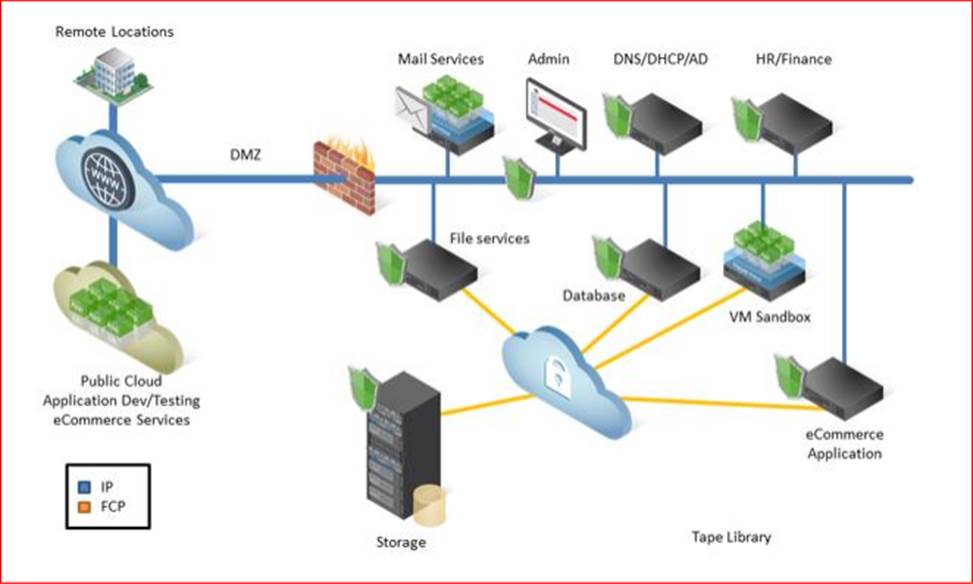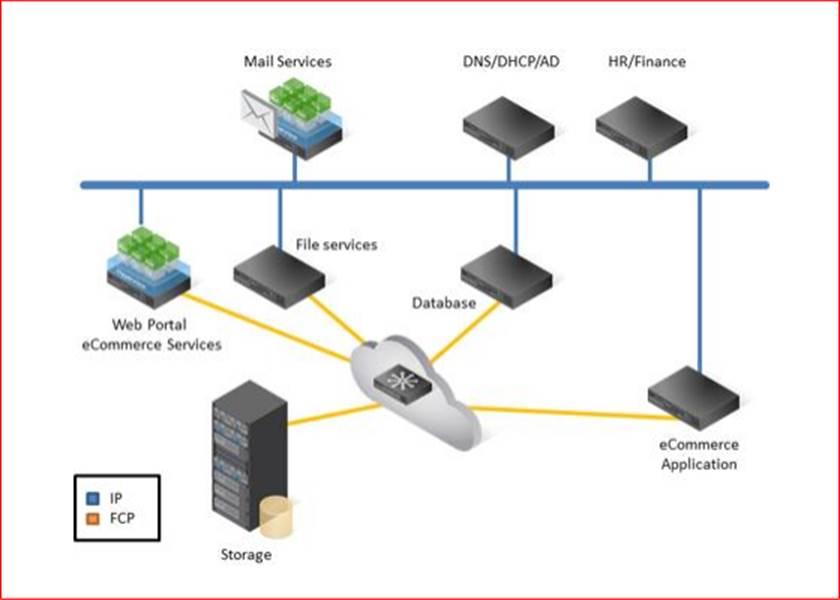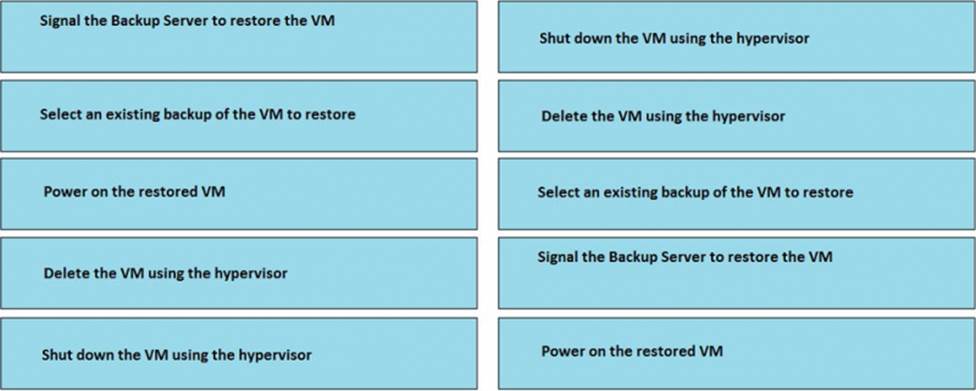DELL EMC D-CI-DS-23 Real Exam Questions
The questions for D-CI-DS-23 were last updated at Mar 31,2025.
- Exam Code: D-CI-DS-23
- Exam Name: Dell Cloud Infrastructure Design 2023
- Certification Provider: DELL EMC
- Latest update: Mar 31,2025
Refer to the exhibit.

Your company recently negotiated several contracts with new customers to use its proprietary eCommerce system. As a result, the scalability of the eCommerce system data is a concern for the Marketing and Sales departments.
Business requirements:
– Application resources must be able to scale up and down quickly
– External customers have protected access to the eCommerce application
– Metrics and reporting to track the use of resources and data
Other considerations:
– Applications are provided through the public cloud
– Address security vulnerabilities for customer data in the cloud
Refer to Case 3.
You must design the compute scalability functions for your administrator in a DIY private cloud. You want to use extra pools that have known performance and capacity characteristics along with orchestration tools to automate most of the deployment process.
Which method provides this function?
- A . Add more servers to the existing pool
- B . Add VMs to the existing servers in the compute pool
- C . Define storage limits in a consumption pool
- D . Define a compute pool as a known unit of consumption
Which type of storage is typically designed to span multiple sets of hardware and has a flat repository?
- A . Object
- B . File
- C . Ephemeral
- D . Block
Which design consideration applies to object storage?
- A . Multi-tenancy is supported through file and directory permissions
- B . It is best suited for high performance and low latency applications
- C . A RAID controller on the host computer handles redundancy
- D . A common authentication mechanism is accessible by all tenants
Refer to the exhibit.

Your company is currently using a traditional SAN storage network. The server infrastructure is partially virtualized. There is a public cloud in place that is used to test development and application migration to cloud.
Business requirements:
– Consolidate the network, storage, and compute resources
– Simplify network management and storage provisioning
– Maintain application performance
– A disaster recovery plan to meet RTO / RPO targets
Other considerations:
– All data must be secured at rest and in-flight
– Include an app development platform
Refer to Case 6.
You are designing the network components for a DIY private cloud solution. You want to provide a single Fabric Domain Name Server to all nodes.
Which compute to storage connectivity solution provides this function?
- A . VSAN
- B . FC SAN
- C . VXLAN
- D . VLAN
A cloud architect is delivering a knowledge transfer on how to script a service in the Service Catalog that restores a VM.
What is the correct order of steps that should be demonstrated?

A cloud architect is designing a distributed block storage solution that will support application HA. The solution will consist of 10 nodes with all SAS devices. There are five racks available in the data center.
Each rack has a single top-of-rack access layer switch with sufficient bandwidth to the aggregate layer. Each node will have multiple connections to the local topof- rack switch. The architect wants to provide a design that has the fewest number of storage pools maximizing the number of fault domains.
How should the storage pools be designed?
- A . One pool with SSD nodes located in one rack.
One pool with all SAS nodes located in a different rack. - B . One pool with 50% SSD and 50% SAS nodes distributed equally across five racks.
- C . One pool with SSD nodes distributed equally across five racks.
One pool with all SAS nodes distributed equally across five racks. - D . One pool with 50% SSD and 50% SAS nodes located in one rack.
One pool with 50% SSD and 50% SAS nodes located in a different rack.
A cloud design includes a software-defined network controller.
Which requirement(s) will this address?
- A . Elastically expand applications programmatically into the public cloud
- B . Deploy applications that can programmatically modify zones and deploy LUNs in a SAN
- C . Programmatically abstract network data for optimal performance in a low bandwidth infrastructure
- D . Deploy applications that can programmatically after network behavior
Refer to the exhibit.

Your company is currently using a traditional SAN storage network. The server infrastructure is partially virtualized. There is a public cloud in place that is used to test development and application migration to cloud.
Business requirements:
– Consolidate the network, storage, and compute resources
– Simplify network management and storage provisioning
– Maintain application performance
– A disaster recovery plan to meet RTO / RPO targets
Other considerations:
– All data must be secured at rest and in-flight
– Include an app development platform
Refer to Case 6.
You are sizing the compute capacity in a hyper-converged infrastructure solution. Each node has 55 TB of storage capacity. You have calculated the total cloud storage requirement to be 700 TB.
What is the minimum number of nodes required?
- A . 8
- B . 9
- C . 15
- D . 18
Which storage category and feature is represented by EMC XtremIO?
- A . Central storage and full redundancy
- B . Distributed storage and Flash
- C . Central storage and active/passive
- D . Distributed storage and full redundancy
An organization wants to deploy virtual machines from a service catalog. These virtual machines have software and libraries installed that are used to develop applications. Each virtual machine will be configured with the same IP address and receive OS patches from the Internet.
What will be included in the design to support these capabilities?
- A . VSANs and a physical firewall
- B . VLANs and network QoS
- C . VXLANs and OS encryption
- D . VLANs and virtual firewall appliances

